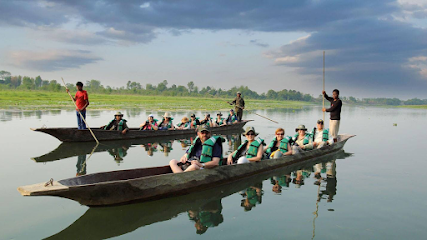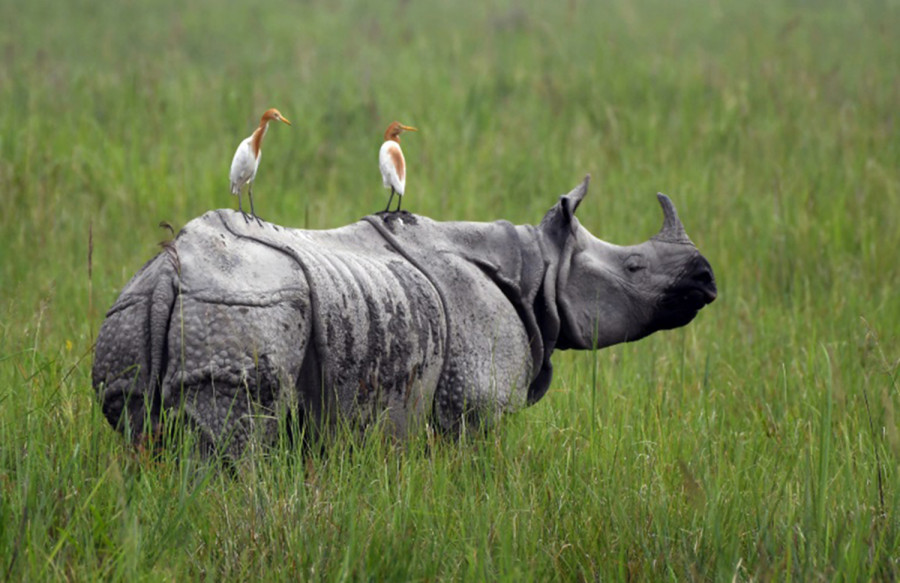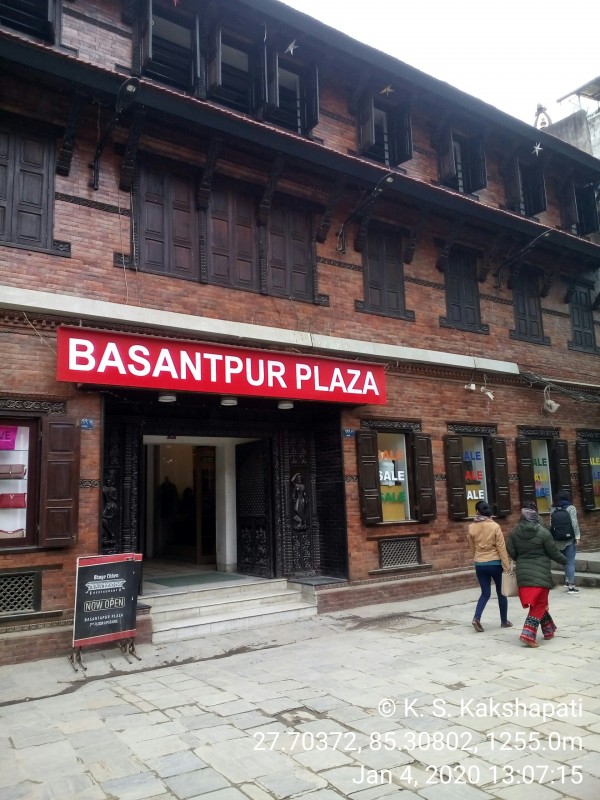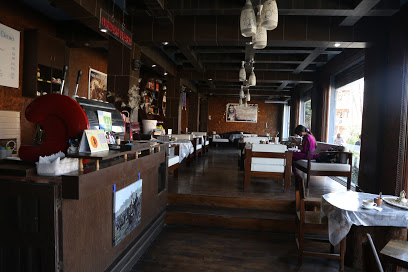

नेपाल सरकार
संस्कृति, पर्यटन तथा नागरिक उड्डयन मन्त्रालय
सिंहदरवार, काठमाण्डौ
[ Chitwan National Park is a preserved area in the Terai Lowlands of south-central Nepal, known for its biodiversity. Its dense forests and grassy plains are home to rare mammals like one-horned rhinos and Bengal tigers. The park shelters numerous bird species, including the giant hornbill. Dugout canoes traverse the northern Rapti River, home to crocodiles. Inside the park is Balmiki Ashram, a Hindu pilgrimage site. Address: Subarnapur 44200 Area: 952.6 km² Hours: Open now • Add full hours Established: 1973 State Party: Nepal It was listed in World Heritage Site in 1984. ]
History
Street Map


Wildlife Encounters Tours and Guide Services
Address: Ratnanagar-6, 44200 Hours: Open ⋅ Closes 8PM Phone: 984-9416590 Address: Ratnanagar-6, 44200 Hours: Open ⋅ Closes 8PM Phone: 984-9416590

The Chitwan National Park
The Chitwan National Park is a world heritage property, and it also contains a Ramsar Site – Beeshazari Tal in its buffer zone. The CNP has a history of over 3 decades in park management and a rich experience in resolving conflicts between the park and the people. It is a rich natural area in the Terai, the subtropical southern part of Nepal. A total of 68 species of mammals, 544 species of birds, 56 species of herpetofauna and 126 species of fish have been recorded in the park. The park is especially renowned for its protection of One Horned Rhinoceros, Royal Bengal Tiger and Gharial Crocodile
प्रयोगकर्ताको प्रतिक्रिया र टिप्पणी
Anonymous(5,0)




_Mall_919.jpg)









